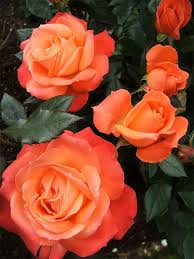We came out with something new and awesome!!! Again. Yup. Aside from all the other awesome products we have, we’ve decided to unleash . . . (drumroll please) Enzyme Powder. Ahhhhhh yeah.
So – Benefits!!! Well, our Enzyme Powder is just as effective as other enzyme growth boosters! But, of course, being Kelp4Less, we’ve figured out how to make it WAY less expensive!!! Similar products cost about $32.00 per liter!!! Holy Crow! Ours is only $13.39 for an ounce of powder! So – you mix 1/8 of a teaspoon in 5 GALLONS. Which means the cost of our product is only $1.67 per teaspoon. Now, you only need to use 1/8 of a teaspoon for every 5 gallon batch (by the way – we have 8 teaspoons in an ounce – roughly,) which means the cost per 5 gallon batch is only 20¢. MEANING, the cost per gallon of our product is only (wait for it): 4¢. Yup. It’s INSANE not to get our Enzyme Powder, just by cost alone!!! Now – you can pay 4¢ per GALLON, or $32.00 per liter – let’s hear it folks: “Paying for Water Sucks!!!”.
Okay, we’ve established it’s WAY more cost effective to purchase your Enzyme Powder through us – naturally. But what is the POINT of using Enzyme Powder, anyway? Well – Enzyme Powder is great for keeping your roots clean – meaning you’ll avoid that nasty, slimy brown root problem that happens so often in Hydro systems. Enzyme Powder applied to the roots will help out with bud formations on your roses, and any other plants which produce buds.
Enzyme powder is a great addition to your compost, as well! As the Enzyme Powder works, it naturally converts compost material into beneficial, plant-accessible food! Also – ladybugs will use the Enzyme Powder as protein – fuel – to keep eating those aphids!!!
In short (kinda, lol) – our product is, as always, as good as or better than the competitor! And, we’ll provide it to you at a FRACTION of the cost!

